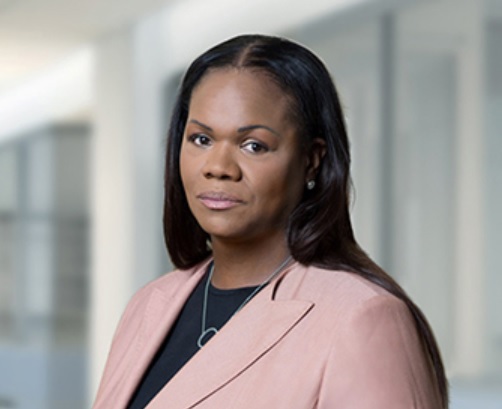
Richard Pares, in his account of 18th century British politics, observed “It is a pity that historians should so seldom have recognized the fact that men were in politics not only for party and for profit, but most of all for the due exercise of the talents that God gave them, and for fun.”[1]
This thought came to mind when I read Catherine Bennett’s diatribe in today’s Observer about the £100m donation that Jim Ratcliffe has made to Oxford for the worthy cause of research into antimicrobial resistance. Particularly when I recalled the sight yesterday of the INEOS boss with the crew of the British entry in the America’s Cup celebrating getting through to the final round to select the challenger for the oldest trophy in international sport.
A sub-editor (or perhaps Bennett herself) has provided the headline “Just what was it exactly that Oxford University saw in the billionaire boss of Ineos?” What a daft question! It is clearly his £100m, and what is wrong with that? This is not a statue to a long dead racist or slave trader
Bennett continues by pointing out that INEOS has challenged union power at its plants, most famously at Grangemouth in 2013 when, having purchased assets that the previous owners had decided did not have long term commercial future, it faced down resistance to the changes required to make the plants profitable and secure local employment and the local economy. She points to a “lamentable environmental record”, a reasonable criticism of INEOS and proper issue for stakeholders of every sort to address with INEOS (and which if it was not privately owned, two thirds by Ratcliffe himself and one third with his partners, Andy Currie and John Reece, would put it in the cross hairs of ESG conscious institutions). These are things for governments to address, under pressure from voters and, insofar as we can influence suppliers of the raw materials for the things we ultimately buy, for consumers of goods made by INEOS’s customers. But does this amount to a reason for Oxford to turn down its (or rather, Ratcliffe, Currie and Reece’s) money?
Bennett turns her fire on INEOS for its efforts to avoid paying tax. No-one sets out to pay more tax than they can. If there is anyone to blame for companies like INEOS, or super-rich individuals, moving assets or their domicile to tax havens, it is the governments for their failure to collaborate in the setting of taxes on those parts of the potential tax base that are amenable to institutions and individuals to shop around in this way.
Looking at the way that INEOS is currently distributing its largesse, it is unlikely that it is motivated by a desire to manipulate the corporate image. They have very little to do with its corporate purpose but are best understood as vanity projects for the owners. INEOS may have started selling disinfectant gels during the pandemic, but it is hardly a consumer good company (certainly this is born out by the very industrial style of the branding for the disinfectant gels). It has also launched a business selling a replacement for the Land Rover Defender, but looks like a sentimental hobbyist’s venture rather than something that will cause any worry to Toyota or the other brands producing rugged off-road vehicles.
INEOS has thrown sums at cycling and sailing that are material in terms of the impact on the sports concerned, but it is hard to believe that these “investments” will earn any greater commercial return for INEOS in terms of shifting the dial on consumer sentiment or invite more sympathetic treatment by government agencies or regulators than the donation to Oxford University. Rather, Ratcliffe and his two colleagues are throwing a small amount of their very considerable wealth at things that they think either have intrinsic value and do something for the welfare of mankind (antimicrobial resistance), or give them the opportunity to have fun. If anyone doubts this, they should take a look at the coverage of the Prada Cup (the qualification stage of the America’s Cup currently underway in New Zealand) and see Jim Ratcliffe basking in the company of Ben Ainslie and the INEOS Team UK crew after winning the round robin series races that take them one step closer to challenging for the America’s Cup.
[1] Pares R.,1953, King George III and the Politicians, Oxford, p30
